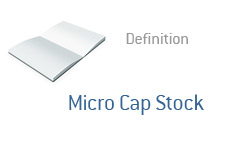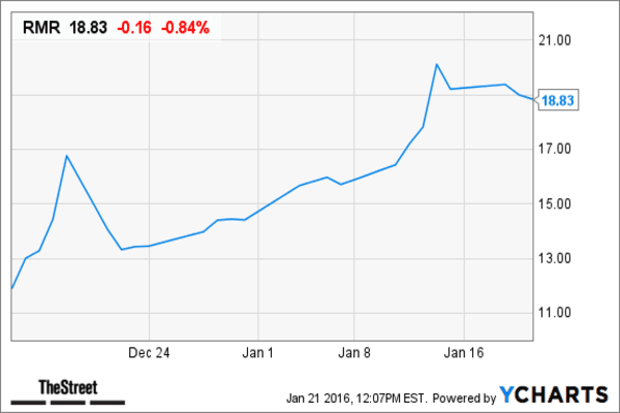
However, we can't rule out the risk-based explanation for the value effect among small-cap stocks because risk can still be present without being realized. Consequently, their prices may not reflect all publicly available information. It's reasonable to believe that small-cap stocks are more prone to mispricing than large-cap stocks because they don't attract as much investor attention or analyst coverage.
#Best micro cap stocks for 2016 driver#
This suggests that these value portfolios were less risky than their growth counterparts and that mispricing is the more likely driver of their higher returns. But the opposite was true of the small-value portfolios, as shown in Exhibit 2.

That said, growth stocks-especially small-growth stocks-come with significant risks of their own, most notably the risk of failing to live up to the lofty expectations embedded in their prices.ĭuring the sample period, the large-value portfolio did in fact exhibit greater volatility and a larger maximum drawdown than its growth counterpart. Value stocks tend to have less-attractive business prospects than more richly valued stocks.

Value stocks are thought to outperform either because they are riskier than their more-expensive counterparts and offer higher expected returns to compensate investors for that risk, or because they are mispriced. To understand this performance pattern, it is important to understand the explanations for the value effect more broadly. But the return gap between deep-value and high-growth stocks increases dramatically as we move down the market-cap ladder. large-cap stocks outpaced the most-expensive fifth by 1.62 percentage points annually, which isn't bad. So, for example, the cheapest fifth of U.S. The column labelled "5–1" in Exhibit 1 shows the return spread between the portfolios of the cheapest and most-expensive stocks across five different size strata. All portfolios are updated once a year at the end of June. Each portfolio has roughly the same number of stocks and is market-cap-weighted, so the small-cap portfolios represent a smaller portion of the market than the large-cap portfolios.


 0 kommentar(er)
0 kommentar(er)
